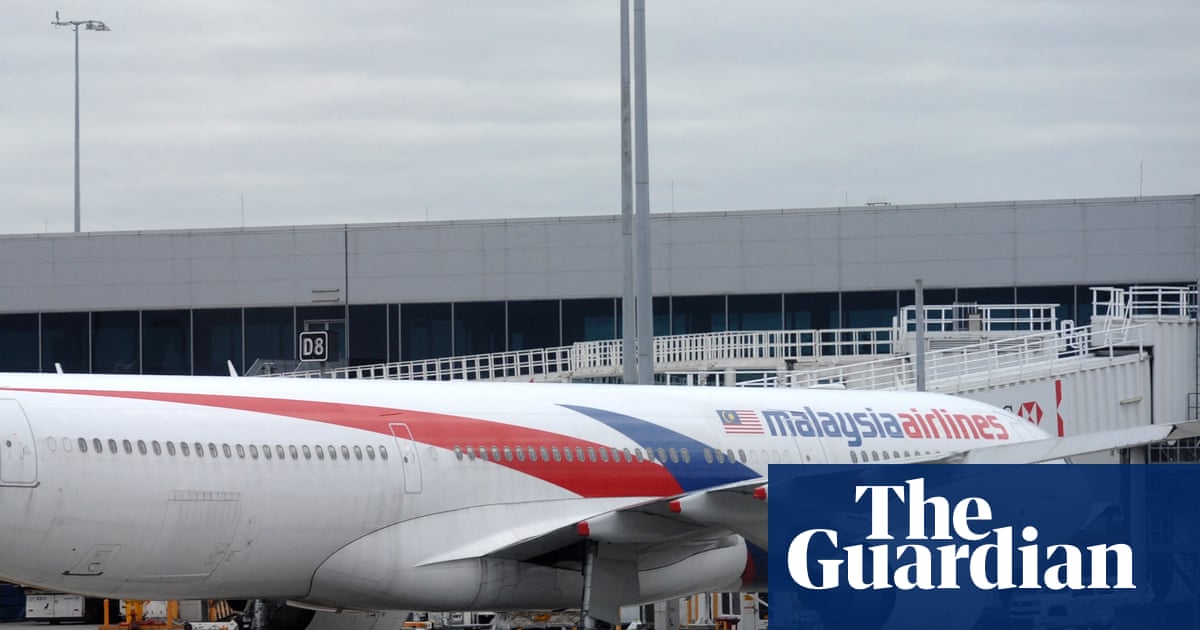Two passenger aircraft nearly collided with construction vehicles and workers during takeoff at Melbourne airport in September 2023 after crews were unaware the runway had been temporarily shortened by nearly 1,600 metres, an Australian Transport Safety Bureau (ATSB) investigation has found.
The ATSB released its final report into two incidents that occurred 11 days apart. The runway had been reduced from 3,657 metres to 2,089 metres to allow for night-time resurfacing works.
On 7 September, a Malaysia Airlines Airbus A330-300 with 247 people on board overran the runway while taking off for Kuala Lumpur, passing less than seven metres above workers and construction vehicles. Eleven days later, a Bamboo Airways Boeing 787-9 bound for Hanoi lifted off beyond the temporary end of the runway, narrowly missing workers by 4.5 metres. No physical injuries were recorded and both aircraft continued their planned flights.
The ATSB found flight crews had not absorbed or factored critical information about the runway change into their takeoff calculations. Notifications had been issued via written reports and the airport’s automatic terminal information service (ATIS), an audio loop used in flight planning. Dispatchers, who brief flight crews, had included the shortened runway distance when assessing whether the flights could depart as planned, but because the change affected only the thrust setting required for takeoff—not aircraft weight distribution or dispatch decisions—they did not specifically draw crews’ attention to the runway length.
Investigators reported crew workload and expectations contributed to the oversight. The Malaysia Airlines crew said their pre-takeoff focus had been on taxiway closures; the Bamboo Airways crew said repeated power outages had raised their workload and they felt under time pressure to depart.
“These were serious incidents,” ATSB chief commissioner Angus Mitchell said. “In both cases we had a fully loaded and fuelled aircraft with over 200 personnel on board coming within metres of fixed equipment on the ground and with works equipment. So it was by luck in this case that we didn’t have an impact.” Mitchell described the existing risk controls as “procedural in nature” and said the processes were susceptible to human error given the potentially catastrophic consequences of a fully fuelled aircraft impacting a work site on takeoff.
Following the incidents, both airlines updated their flight dispatcher procedures. The International Civil Aviation Organization (ICAO) has introduced standards for highly visible signage around aerodromes to alert flight crews to temporary changes in runway length. Air Services Australia, in consultation with the Civil Aviation Safety Authority, is developing proposed changes to air traffic control procedures for delivering essential information about runway works to flight crews. The ATSB has formally recommended ICAO review its standards and recommended practices for air traffic control communications to increase assurance that crews have received important aerodrome-condition information.
Guardian Australia has approached Malaysia Airlines and Bamboo Airways for comment.




